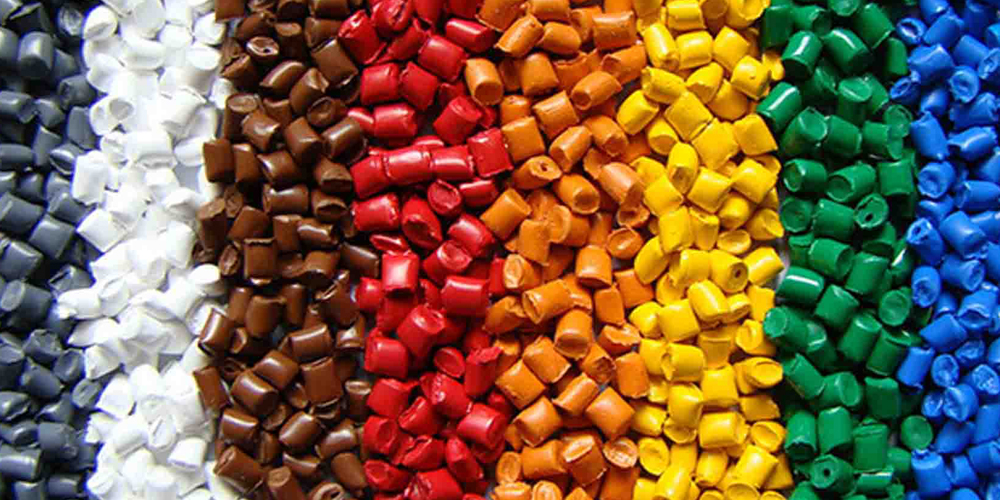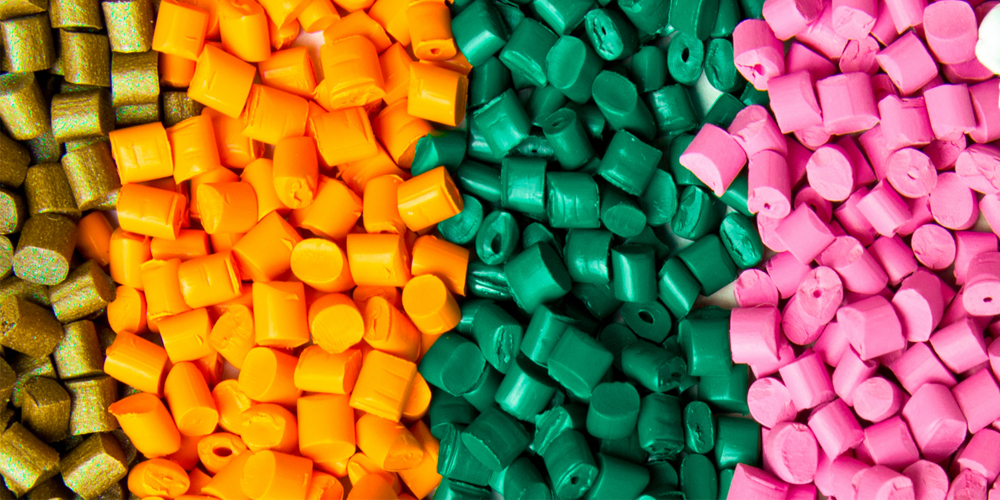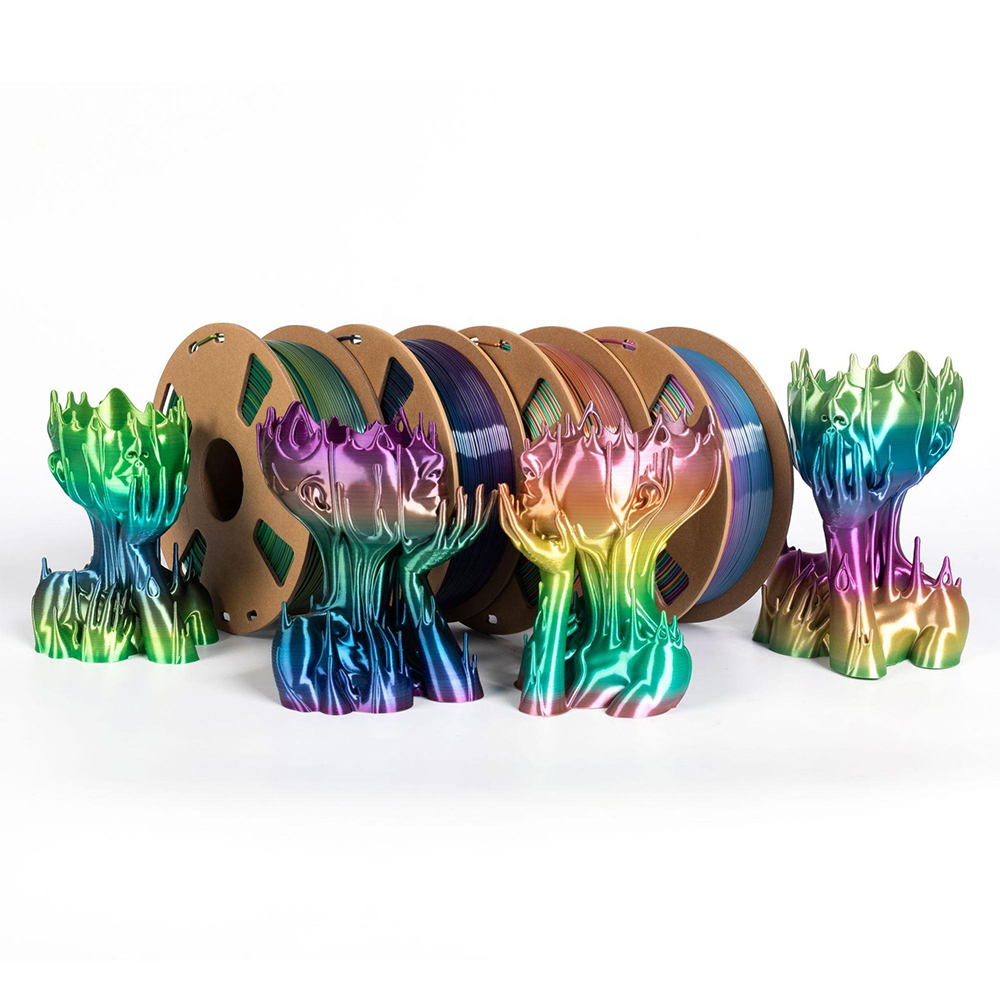
What is Filler Masterbatch and How is it Utilized in Manufacturing
Filler masterbatch plays a significant role in various aspects of the plastic industry. So, what precisely is filler masterbatch, and how is it incorporated into plastic production? Let’s explore these aspects in the following discussion.







